It’s heartbreaking, but not surprising if you’ve been paying attention: more than a third of LGBTQ+ youth don’t believe they’ll live beyond the age of 35.
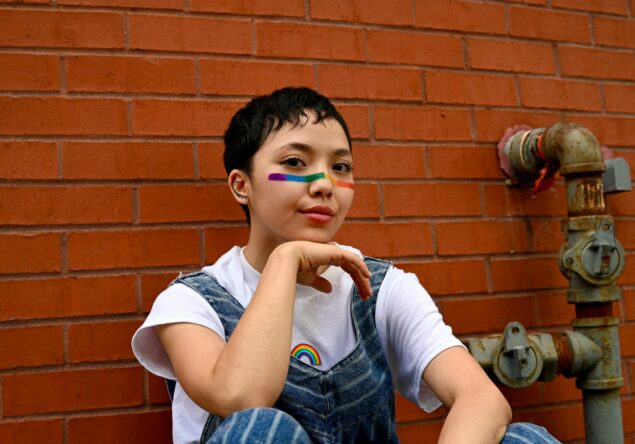
That’s not just a random stat from the Trevor Project—it’s a reflection of the emotional reality many young queer people are facing every day. Whether it’s family rejection, harmful legislation, or mental health struggles that go unseen, something is making an entire generation feel like their futures are already out of reach. Here are some things to know about what’s behind this, and why it should matter to everyone.
1. More than a third of LGBTQ+ youth can’t imagine growing old.
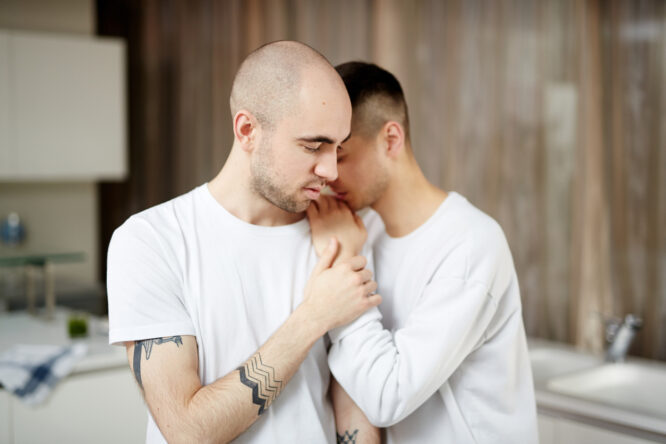
According to the Trevor Project’s survey, 36% of LGBTQ+ youth aged 13 to 24 believe they probably won’t live past 35. That’s not just a blanket figure. This belief shows up even more in trans and nonbinary youth, multisexual youth like those who are bisexual or pansexual, younger teens, and youth of colour.
They’re not being dramatic. What these kids are absorbing from the world around them isn’t very encouraging. If that many young people feel like they won’t make it to midlife, we have to ask ourselves what’s being modelled, and more importantly, what isn’t being protected. These aren’t outliers. They’re the canaries in the coal mine.
2. Low life expectancy beliefs are tied directly to mental health struggles.

Young people who don’t think they’ll live long are also far more likely to experience serious mental health issues. Things like depression, anxiety, self-harm, and suicidal thoughts all show up more frequently in this group, and the gap is painfully clear.
For example, 28% of youth who felt they wouldn’t live past 35 had attempted suicide in the past year. Compare that to 6% of their peers who believed they would, and you’ll see it’s not a subtle difference. These beliefs are more than just thoughts; they reflect urgent emotional distress that’s being carried around quietly.
3. Minority stress is a quiet but constant drain.
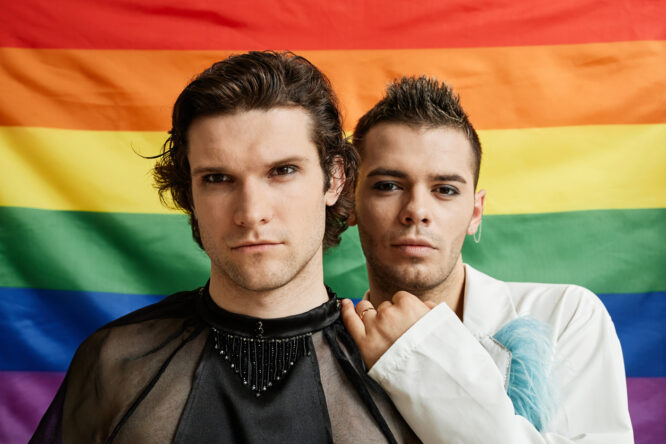
Many LGBTQ+ young people, especially those with intersecting identities, are dealing with what’s known as minority stress—the chronic impact of feeling unsafe, unseen, or rejected in everyday spaces. This can come from family, school, media, or just daily interactions.
It’s a low-level survival mode that starts early and doesn’t let up. Over time, this kind of stress shapes how someone sees themselves and their future. If you never feel secure, it becomes hard to imagine stability. And if your reality has been full of emotional dodging, future-building just doesn’t feel real.
4. Anti-LGBTQ+ laws aren’t just harmful, they’re dangerous.
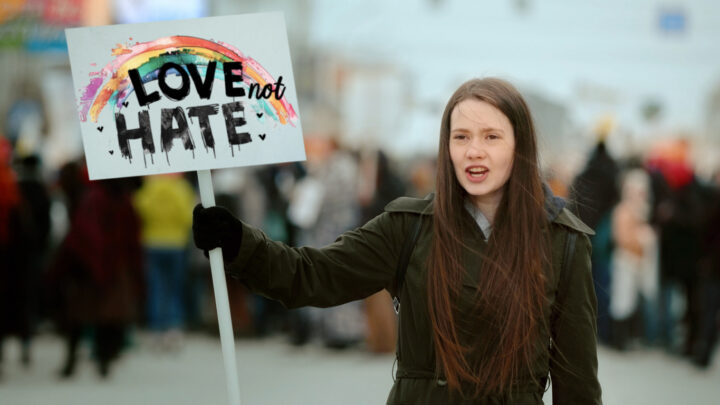
In states that pass laws targeting LGBTQ+ people, particularly trans and nonbinary youth, suicide attempts tend to increase. In some areas, that jump has been as high as 72% within two years of the legislation going into effect.
These policies send a loud, clear message: “You’re not safe here.” That messaging seeps into every area of a young person’s life, even if they never read the headlines themselves. Fear is powerful, and when it comes from the systems that are supposed to protect you, it can be devastating.
5. A sense of purpose changes everything.

One of the most hopeful findings from the study? When LGBTQ+ youth had a strong sense of purpose, their belief in living longer was noticeably higher. It wasn’t about having it all figured out—just having something to care about and move toward.
Purpose doesn’t have to be grand or world-changing. It could be a dream, a creative outlet, a relationship, or a goal they feel excited about. When young people feel connected to something that gives them meaning, it changes the story they tell themselves about the future, and that can be life-saving.
6. Supportive environments are everything.

Youth who feel affirmed at home, in school, in healthcare settings, and in their communities are significantly more likely to envision a long, healthy future for themselves. It’s not about perfection. It’s about presence and consistency.
It makes a difference when a teacher uses their correct name, when a parent listens without judgment, or when a clinic makes space for their identity. These small affirming moments stack up. After a while, they build the kind of hope that keeps kids going.
7. Intersectionality shapes both risk and resilience.
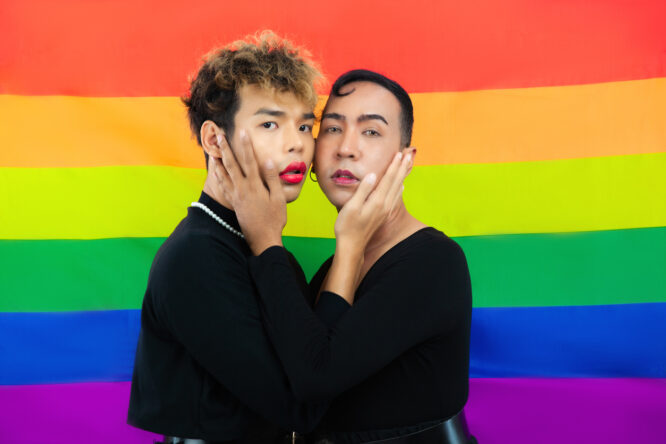
LGBTQ+ youth who are also navigating racism, ableism, or other forms of marginalisation often face extra challenges. The stress from these overlapping identities isn’t just added on top, either. It changes the way they experience the world.
It’s why one-size-fits-all solutions don’t work. Support needs to reflect the whole person—their culture, race, gender, and unique circumstances. When we see them fully, we can actually meet their needs instead of forcing them to shrink to fit our systems.
8. Policy changes have the power to save lives.
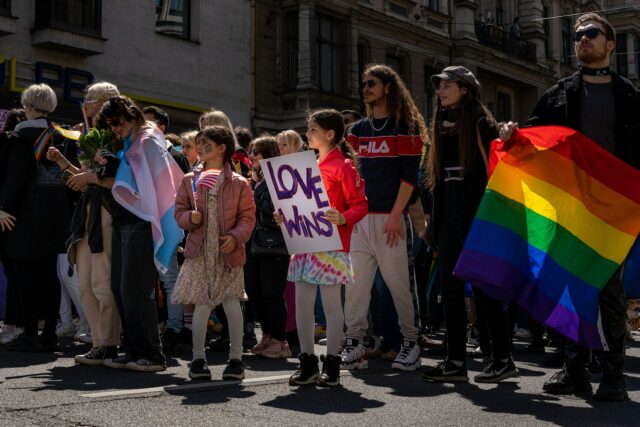 Source: Unsplash
Source: Unsplash Legislation isn’t just about politics — it’s about protection. Banning conversion therapy, ensuring access to gender-affirming care, and enforcing non-discrimination laws aren’t abstract gestures. They create actual changes in mental health outcomes.
Young people are watching what the world is doing with their rights. If the message they receive is, “You matter, and we’re going to prove it,” that has a measurable impact on how they see themselves. Affirming laws turn into affirming lives.
9. Early support is a game-changer.

The earlier a young person is affirmed and supported in their identity, the more positive their long-term outcomes tend to be. Waiting until someone is struggling isn’t just risky—it’s avoidable.
Whether it’s through school programmes, youth organisations, therapy, or simply having one adult who sees and supports them, early affirmation builds resilience. It tells them, “You belong here,” before the world has a chance to convince them otherwise.
10. These stats aren’t just sad—they’re a call to act.
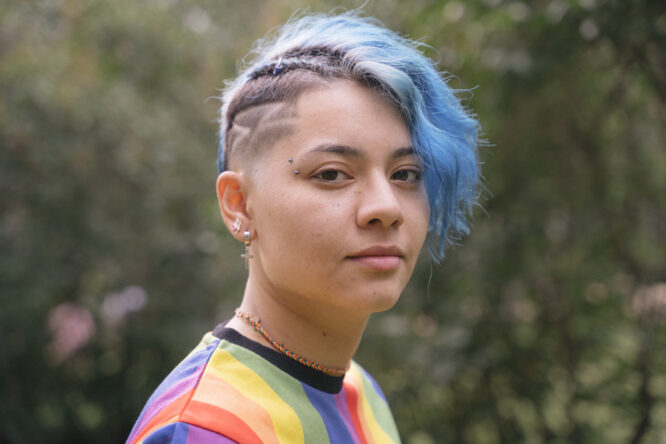
Yes, the numbers are heavy. But they’re also clear. This isn’t about a group of overly sensitive kids. It’s about young people absorbing messages from the world and believing they don’t have a future in it.
That’s something we can change. Whether you’re a parent, teacher, coach, friend, or community member, the role you play in a young person’s life matters more than you know. Show them they’re not just tolerated. They’re needed, right here, for the long haul.




